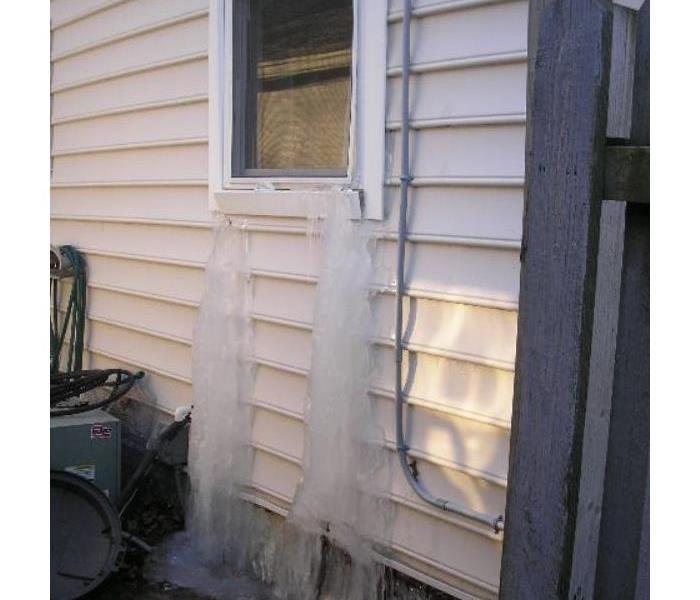How You Can Prevent Winter Water Damage
12/27/2019 (Permalink)
Winter can be a prime time for water damage, especially during days when temperatures change, causing ice and snow to start to melt. Or - what happens if freezing temperatures cause one of your pipes to burst?
Here at SERVPRO of Hackensack/Little Ferry, we’ve seen how water damage can be especially disastrous to homes and businesses during wintertime, and we know the most common causes of winter water damage. Luckily, if you know what to look out for, you can proactively prevent many of the worst kinds of water damage.
Here are five of the most common causes of winter water damage, and what you can do to keep your property and belongings safe.
Bursting Pipes
- Sudden drop in temperatures causes a pipe to break open. Make sure your pipes are insulated.
- Small leaks that grow larger unnoticed over time. Make sure to check your pipes for signs of damage or wear and tear.
- Check that hoses and supply lines are tight to prevent slow leaks.
- Turn off water supply to outside lines during the winter.
Worn Out Chimneys
- Damage to the brickwork of your chimney could cause leaks inside the chimney itself or to your attic or basement. Check for loose mortar between the brick, and also be on the lookout for any signs of water stains.
- Your chimney liner and a cap could also allow leaks because they can wear out over time. Make sure you check them periodically.
Worn Out Caulking
Most doors and windows are sealed with caulking, which is there to prevent drafts and inclement weather from entering inside. However, as temperatures rise and fall, caulking will naturally expand and shrink and eventually wear out over time.
It’s a good idea to check your caulking for cracks and damage at least once a year, ideally before the worst of the winter weather hits.
Worn Out Roofing
If the seams and flashing on your roof are worn out, this could lead to leaking and water damage when snow starts to melt.
Ice Dams on the Roof
Perhaps the most common cause of winter water damage is from ice dams that form on the roof. Many people don’t even notice as ice and water repeatedly thaw and refreeze and start to form an ice dam along the edge of the roof.
One of the tell-tale signs of an ice dam is a group of icicles hanging down. In order to prevent ice dams, you can add extra insulation to prevent dramatic temperature swings on your roof. Check for water stains in the wood, and make necessary repair to prevent future leaks.
Keeping up on your home repairs and regular inspection of your pipes, roof, chimney and gutters will give you an advantage when the cold weather strikes. If you still need us, we are open 24/7 always available.





 24/7 Emergency Service
24/7 Emergency Service
